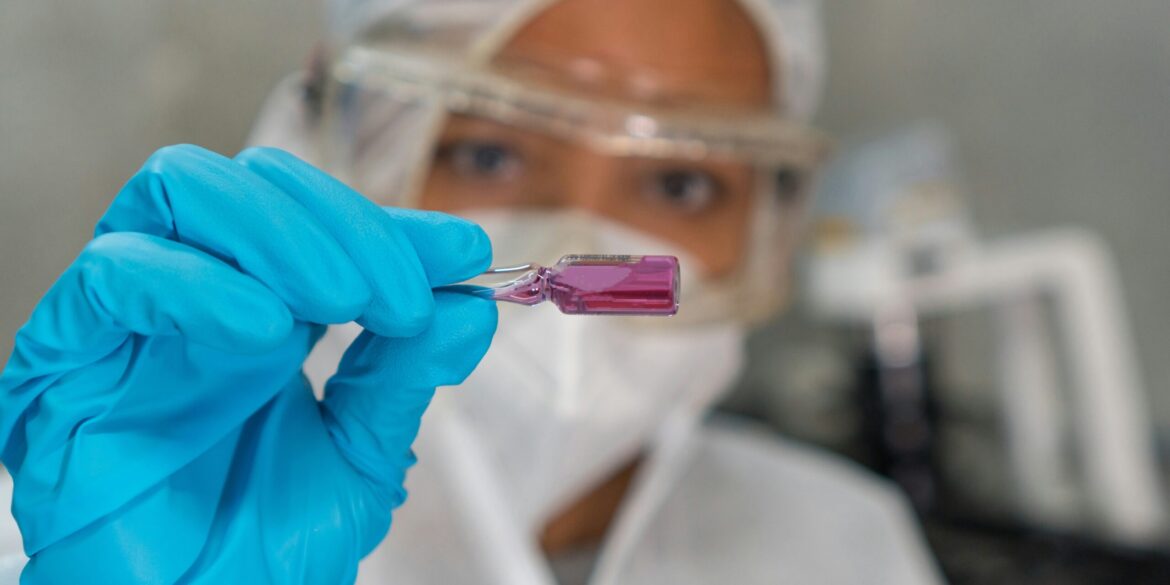On July 13, researchers unveiled a groundbreaking advancement in HIV therapy: the use of lipid nanoparticle (LNP)–delivered mRNA to “wake up” dormant HIV hiding in resting CD4+ T cells. This early-stage trial, conducted in human cell models, achieved substantial reduction in the elusive latent HIV reservoir. By exposing the virus to immune detection, the study marks a pivotal step toward eradicating HIV—though clinical implementation remains several years away.
The study, published in Nature Communications, introduced a novel LNP formulation nicknamed “LNP X.” Unlike traditional LNPs used in vaccines, LNP X was engineered to penetrate the notoriously difficult-to-transfect resting CD4+ T cells—cells where HIV can lie dormant and evade antiretroviral therapy (ART) and immune surveillance . Researchers encapsulated mRNA encoding Tat, an HIV protein that activates viral gene expression. Once delivered, Tat mRNA prompted viral genes to switch on, rendering latent HIV visible and vulnerable to immune clearance.
Lead author Dr. Paula Cevaal from the Peter Doherty Institute, Melbourne, described the breakthrough as previously “thought impossible.” Initial tests in patient-derived cells showed a “night-and-day” difference compared to earlier methods, with results consistently reproducible across repeated experiments . No signs of cellular toxicity or unintended immune cell activation were observed—common concerns in prior “latency-reversal” strategies.
In addition to Tat mRNA, the research team successfully used LNP X to deliver CRISPR-based gene activators (CRISPRa), demonstrating the platform’s versatility. While CRISPRa was somewhat less potent than Tat in inducing viral expression, it opens the door to more targeted, gene-specific interventions in future therapies. This approach represents one of the first demonstrations of mRNA delivery and functional gene modulation in resting immune cells.
The implications of this study are far-reaching. Dr. Michael Roche, co-senior author, emphasized that LNP X could revolutionize not only HIV treatment but also extend to interventions for cancers and other diseases involving latent or evasive cellular processes. By harnessing mRNA and nanoparticle technologies previously validated in COVID-19 vaccines, the method builds on established safety and manufacturing pathways.
However, experts caution that exposing HIV is just the first step toward a cure. Retrovirologist Dr. Jonathan Stoye of the Francis Crick Institute noted that future work must demonstrate whether partial or full reservoir clearance suffices to prevent viral rebound. While the findings mark a major advance in targeting latent reservoir cells, the effectiveness of subsequent eradication—via immune mechanisms or other therapies—remains to be proven.
The study remains at the ex vivo stage. The researchers are now preparing animal studies to assess safety, dosing, and immune clearance strategies, with human trials on the horizon—though likely years away. The path from laboratory to clinic can be long, but the consistency and replicability of these data have researchers optimistic.
LNP X’s success also responds to longstanding challenges in targeted mRNA delivery. Historical limitations have confined most LNP applications to liver or muscle tissues, as particles are quickly sequestered by the liver after intravenous injection. LNP X appears capable of bypassing these barriers to reach resting T cells directly—a milestone in nucleic acid therapy.
Broader trends in biotech support this milestone. The rapid evolution of mRNA-LNP platforms—seen in COVID-19 vaccines and emerging gene therapies like patisiran and in vivo CRISPR delivery—underscores the ability to pivot these technologies toward new targets. Yet while technical capability grows, key hurdles remain: achieving sufficient receptor-specific targeting, avoiding toxicity, and ensuring durable therapeutic effects.
In summary, the LNP‑mRNA approach to reversing HIV latency represents a groundbreaking advance in the HIV cure landscape. By making dormant HIV visible to the immune system, the technique crosses a major barrier long considered impenetrable. Still, translating this proof-of-concept into a cure will require extensive animal testing, safety evaluations, and clinical trials. If successful, LNP‑based mRNA delivery could herald a new era in treating HIV and other deep-seated, hard-to-reach diseases. The journey from lab bench to cure is complex—but this study lights the way.

